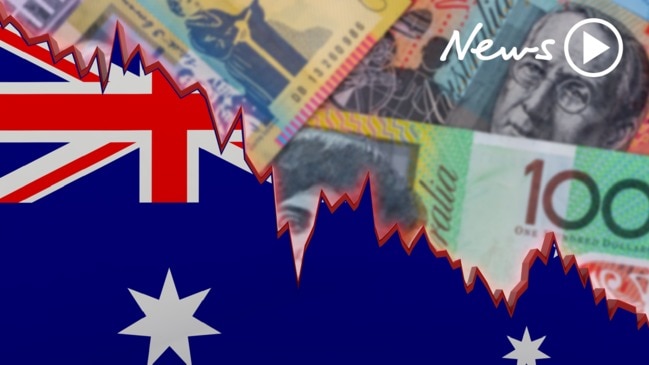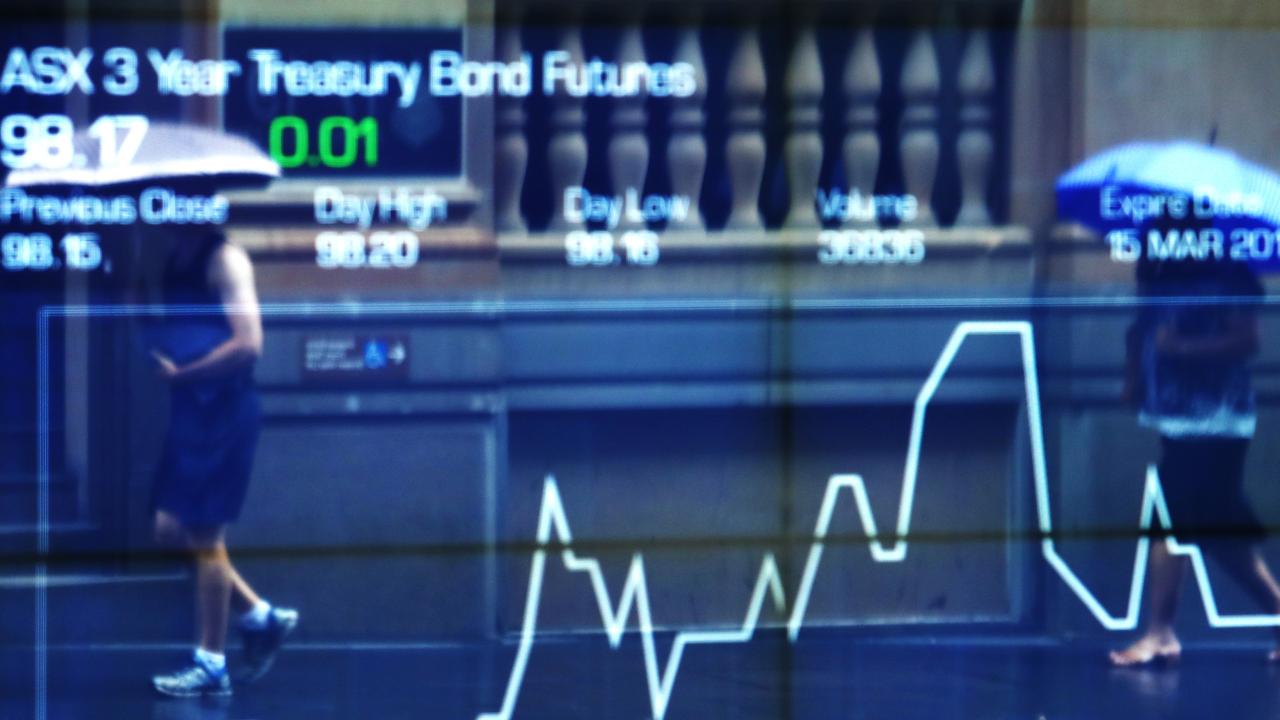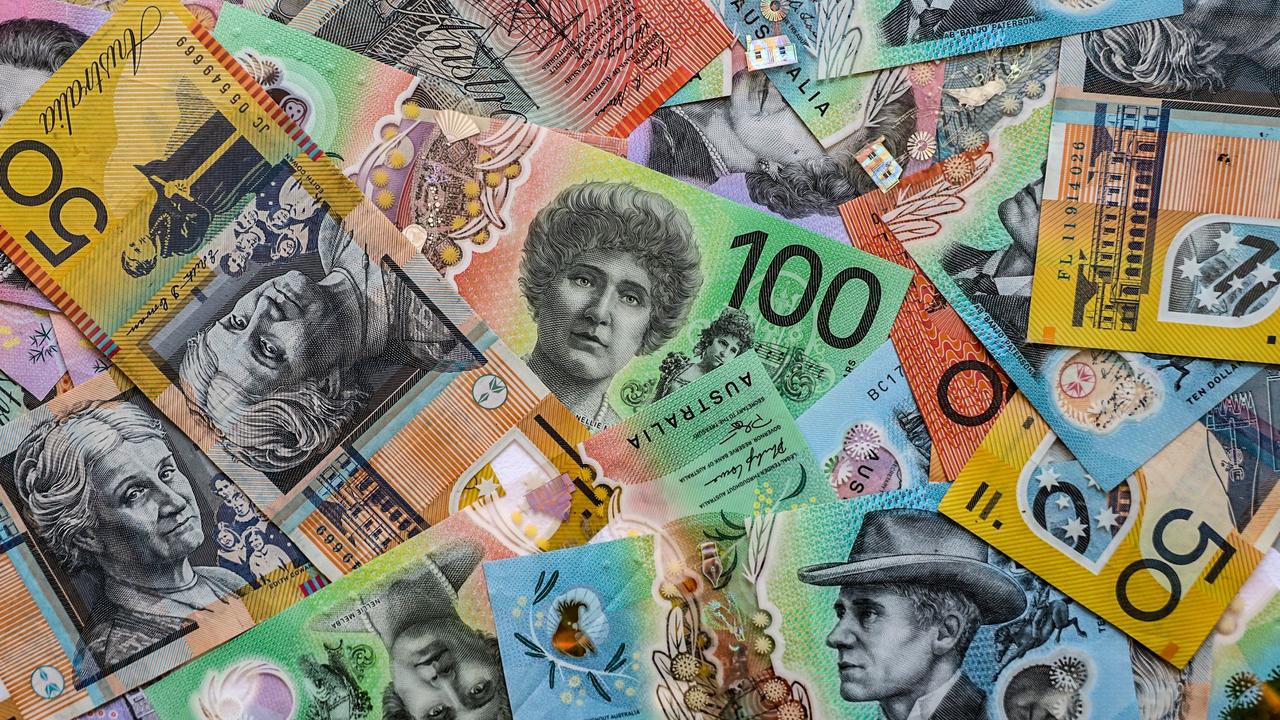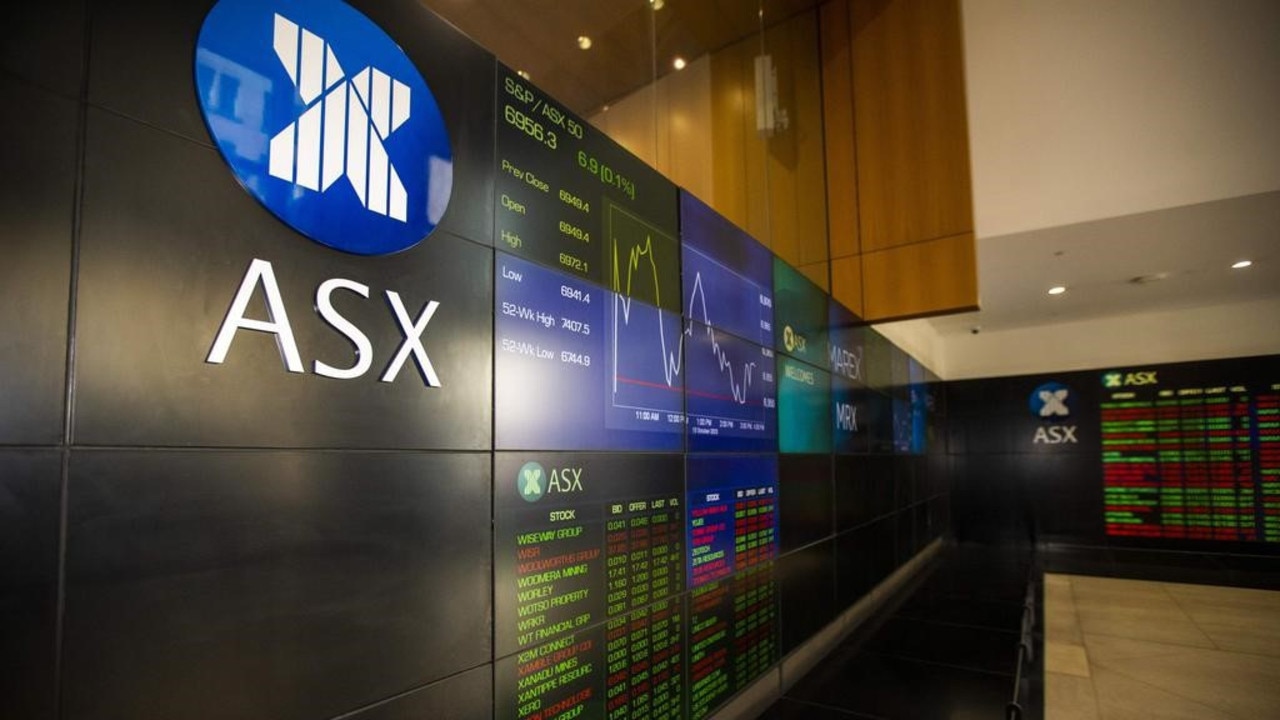Figures show how much Australia’s economy relies on China
China has grown to become Australia’s largest trading partner but has the economy come to rely on them too much?

Over the years Australia has come to rely heavily on China for much of our economic prosperity but could we survive without them?
China is Australia’s largest trading partner and a paper released this week highlighted the scary scenario that we could face if its economy nosedived.
On Thursday, PriceWaterCoopers chief economist Jeremy Thorpe released a paper on China Matters about what would happen to Australia if China’s economy experienced a “hard landing”, defined as a sudden decline in GDP growth of about 3 to 5 percentage points.
He pointed to modelling from Deloitte that predicted it could cost Australia’s national income $140 billion (7 per cent) and 550,000 job losses.
It comes after The Centre of Independent Studies warned this month that the heavy reliance of some universities on fees from overseas students, especially those from China, was a financial risk to the government and taxpayers.
It seems Australia has become increasingly reliant on Chinese money, something that could have serious consequences if China’s economy starts to falter or if it starts to throw its weight around politically.
But Roland Rajah, Lowy Institute’s director of international economy program, said talk about Australia being “dependent” on China could be misleading.
“It’s better to think of our economies as being heavily integrated and interdependent,” he said.
He said it was important not to overstate China’s importance to the Australian economy, and that “interdependence” was very different from “dependence” when it comes to what one side can push the other to do.
However, Mr Rajah acknowledged Australia’s economic relationship with China was influencing the country’s politics and diplomatic relations.
“Clearly there is some tension between our economic interests in the relationship with China and other broader national interests,” he said.
“Having said that, in my view the government has done a decent job of pursuing our interests without unnecessarily conflating issues of sovereignty and issues of economics.
“For instance, we have put in place the foreign interference laws, effectively banned Huawei from being involved in our 5G network, and taken other targeted decisions.”
There is no denying China’s influence on Australia’s economy and some believe Australia should be looking for opportunities in other overseas markets to provide some longer term insurance for the economy.
This is how much we rely on China.
THEY BUY OUR STUFF
When you look at who buys our goods and services there is only one game in town: China.
China is overwhelmingly our largest export destination and consumes 30.6 per cent of our total exports, according to DFAT.
Its hunger for our minerals, resources and education services is worth $123.3 billion to Australia.
Our next biggest export market is Japan, which consumes about 12.7 per cent of our exports.
Then comes the Republic of Korea (5.9 per cent), the United States (5.3 per cent) and India (5.2 per cent).
The Australian goods China loved the most in 2017/18 were iron ores and concentrates ($51.4 billion), coal ($14.3 billion), natural gas ($13.7 billion) and gold ($5.8 billion).
When it comes to services, it spent $11.7 billion on education-related travel, which includes student expenditure on tuition fees and living expenses. The Chinese also spent $4.1 billion on other personal travel.
BUT WE ALSO BUY THEIR STUFF
China is also Australia’s most important partner for imports.
In 2017/18 Australia bought $71.3 billion worth of goods and services from China. This equalled 18 per cent of Australia’s total imports.
The Chinese goods we buy the most are telecom equipment and parts ($8.5 billion), computers ($6.5 billion), furniture, mattresses and cushions ($3.3 billion) and prams, toys, games and sporting goods ($2.6 billion).
Our next most important partner was the United States, which provided us with $48.8 billion of goods and services, making up 12.3 per cent of Australia’s imports.
After that comes the Republic of Korea on $28.7 billion (7.3 per cent), Japan on $26.3 per cent (6.6 per cent) and Germany on $18.2 billion (4.6 per cent).
Overall the most popular Australian imports are for personal travel, cars, refined petroleum, ships/boats/floating structures and telecom equipment and parts.
FOREIGN INVESTMENT
China doesn’t dominate in every sector and when it comes to foreign investment, the United States is our largest investor by a mile.
The US made $896.9 billion worth of investments in Australia by the end of 2017, through things like buying stocks or bonds in Australian companies, starting new businesses or buying 10 per cent or more of a local business.
In contrast China was our ninth biggest investor, spending about $65 billion.
Its contribution was dwarfed by the United Kingdom on $481.4 billion and even Belgium on $305.3 billion.
Hong Kong, which is a special administrative region of China, was the fifth biggest investor, with a total investment of $116.6 billion.
But even if you added Hong Kong and China’s investments, they would still only equate to $181.6 billion, much lower than other countries.
A 2018 Australian Bureau of Statistics study, commissioned by the Department of Foreign Affairs and Trade and Austrade, showed foreign direct investment in Australia supported the employment of nearly 1.2 million people, or 1 in 10 jobs. Direct investment includes investment in businesses but not the purchase of securities like stocks,
Australia also makes its own foreign investments in other countries, with $2.3 trillion invested at the end of 2017.
The United States received the largest portion of Australian investment overseas, again by a wide margin, accounting for $664.5 billion at the end of 2017.

UNIVERSITY STUDENTS
Australian universities have come to rely on international students as “cash cows” to keep the money flowing in and to boost their position on global university rankings.
Universities boosted their revenue by 6 per cent from $19 billion in 2008, to $32 billion in 2017 and about two-thirds of this was driven by increased international student fees.
About 10 per cent of all university students now come from China and this is worth an estimated $2 billion to Australian universities.
The Centre of Independent Studies warned this month that the heavy reliance of some institutions on fees from overseas students, especially those from China, was a financial risk to the government and taxpayers.
A CIS report found the University of Sydney led the country in generating more than half a billion dollars in 2017 from Chinese student fees, making up about 23 per cent of its total $2 billion revenue.
This was followed by the UNSW on 22 per cent and UTS with 19 per cent.
“At these levels of exposure, even small percentage declines in Chinese student numbers could induce significant financial hardship,” the report suggested.
“Large percentage declines could be catastrophic. A 25 per cent fall in Chinese student enrolment would likely hit annual revenues (at 2017 levels) by more than $100 million at each of Sydney, UNSW, and (probably) Melbourne.”
The report said a 50 per cent fall in numbers, which could happen if the Chinese government imposed strict currency controls, would be a “billion-dollar revenue hit” across the seven institutions.
The report also criticised universities for not providing more transparent information about where their international students came from.
Only Adelaide reports international student numbers by countries of origin in its annual report so the CIS estimated figures for its report using figures provided in media reports, the NSW Audit Office and the Department of Education and Training.
“Considering the scale of their China exposures, the China risk obfuscation practised by Australia’s universities and their regulators is unconscionable,” it said.
TOURISM IS A BIG ATTRACTION
More than nine million international visitors come to Australia each year and on this measure China also dominates.
It is the largest source of tourists to Australia, with 1.4 million Chinese visitors travelling to the country in 2017/18, an increase of 12.9 per cent from the year before.
It is followed by New Zealand on 1.4 million, United States on 788,000, United Kingdom on 742,000 and Japan on 442,000.
Chinese tourists also spent more than those from other countries, splashing out $11.2 billion in total compared to $3.7 billion from the United States, $3.5 billion from United Kingdom, $2.5 billion from New Zealand and $1.8 billion from Japan.
Tourism is Australia’s largest services export and brings in $21.6 billion a year, making up about 5.4 per cent of exports.

Continue the conversation @charischang2 | charis.chang@news.com.au




